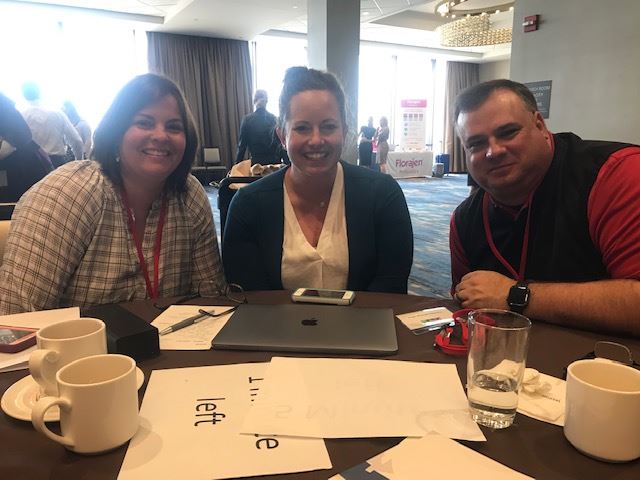 | What is SPAP?The Society for Physician Assistants in Pediatrics (SPAP) is a non-profit specialty organization of the American Academy of Physician Associates (AAPA). The Society consists of PAs, PA residents and students, as well as affiliate and associate individuals who share a common interest in the art of pediatric medicine. SPAP supports members in promoting high standards in the delivery of pediatric health care and provides the opportunity to network with other PAs and individuals interested in the well being of children. |
About PediatricsPediatrics is the branch of medicine that deals with the medical care of infants, children, and adolescents. The upper age limit ranges from age 14 to 21, depending on the country. The workers in this field are referred to as pediatricians. Pediatrics differs from adult medicine in many respects. The obvious body size differences are paralleled by maturational changes. The smaller body of an infant or neonate is substantially different physiologically from that of an adult. Congenital defects, genetic variance, and developmental issues are of greater concern to pediatricians than they often are to adult physicians. Many inherited diseases are now treated by pediatricians because only recently did the majority of these patients survive into through childhood into adolescence. Well-known example are the thalassemia, sickle cell anemia and cystic fibrosis. Issues revolving around infectious diseases and immunizations are also dealt with primarily by pediatricians. Childhood is the period of greatest growth, development and maturation of the various organ systems in the body. Years of training and experience (above and beyond basic medical training) goes into recognizing the difference between normal variants and what is actually pathological. Treating a child is not like treating a miniature adult. A major difference between pediatrics and adult medicine is that children are minors and, in most jurisdictions, cannot make decisions for themselves. The issues of guardianship, privacy, legal responsibility and informed consent must always be considered in every pediatric procedure. In a sense, pediatricians often have to treat the parents and sometimes, the family, rather than just the child. Adolescents are in their own legal class, having rights to their own health care decisions in certain circumstances only, though this is in legal flux and varies by region. |
|
ABOUT PHYSICIAN ASSISTANTS
PAs are medical professionals who diagnose illness, develop and manage treatment plans, prescribe medications, and often serve as a patient’s principal healthcare provider. With thousands of hours of medical training, PAs are versatile and collaborative. PAs practice in every state and in every medical setting and specialty, improving healthcare access and quality. | Click the links below for the American Academy of Pediatrics policy statements:
Role of Physician Assistants and Nurse Practitioners in the Care of Hospitalized Children ProfitandLoss July 2017-June 2018 |





